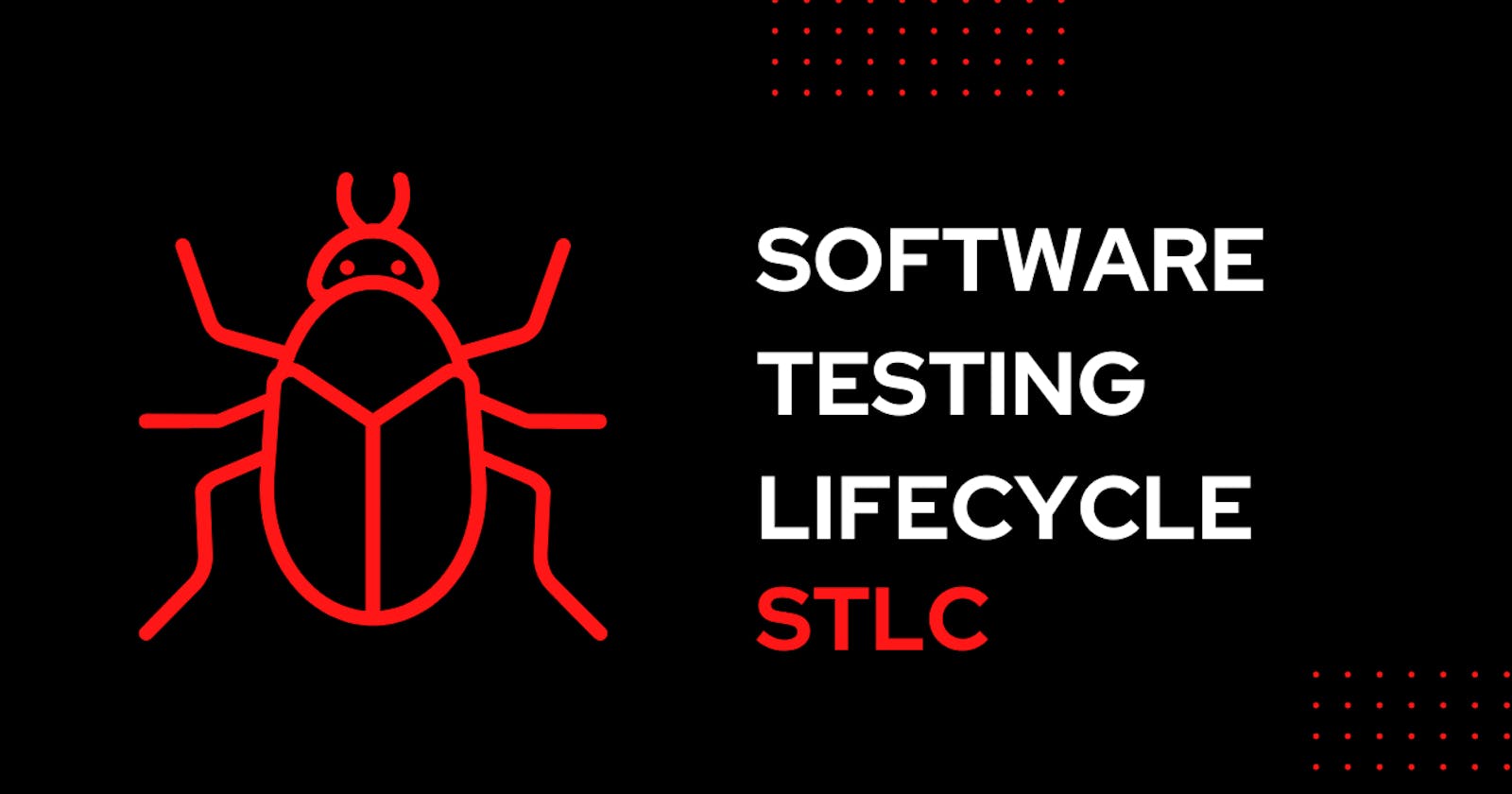Testing not only finds bugs but is a wider field. It is required right from the start of the project and is carried out till its closure. Just like you would have heard of Software Development Life Cycle(SDLC), Testing also has its cycle. Let's dive deep into it.
Requirement Analysis
The first step of STLC is requirement analysis where a meeting is held between the QA team and stakeholders which include the client, Team lead, and Business analyst to understand the requirements of the projects in detail.
Test Planning
Test planning is the most important and crucial phase of the Software Testing Life Cycle which is prepared by the Test lead or Senior QA after analyzing the Business requirements. In more simple words we can understand test planning as a document that contains all the test activities like what to test, what cannot be tested, what are the tools and environment, duration, and other contingencies plan.
Test Case Development
The third step of STLC is Test cases development where the testing team creates detailed test cases which also involve Test scenarios, Preconditions, and test steps. Which are later reviewed by the QA lead.
Requirement Traceabilty Matrix
The Requirement Traceability Matrix is an industry-accepted format for tracking requirements where each test case is mapped with the requirement.
It helps the tester to verify that no requirements are left out to be tested.
Test Environment Setup
The word "Environment" in the Test Environment setup describes the Software and hardware conditions under which the test will be carried out. Let's take the example of website X which has different products listed on it. Now the dev team has to deploy its code on the server so that the website becomes functional, parallelly the Products of website X are stored in a database. Code talks with the database and displays the products accordingly. For all this Dev team have its own environment (server). In the same way, QA has its own environment. All these things are checked that whether the data is stored correctly in the database or the code is deployed etc, which comes under Test Environment Setup.
Test Execution
After all the above steps come, Test Execution where the tester executes the testing based on the test plan and test cases prepared and the bugs that are reported during execution are reported back to the Dev team and retesting is performed.
Test Closure:
The last phase of the Software Testing Life Cycle is test closure which is done after the product is delivered and ensured that all the tests are executed properly, handover of the test artifacts, and later on archiving the test work products.
